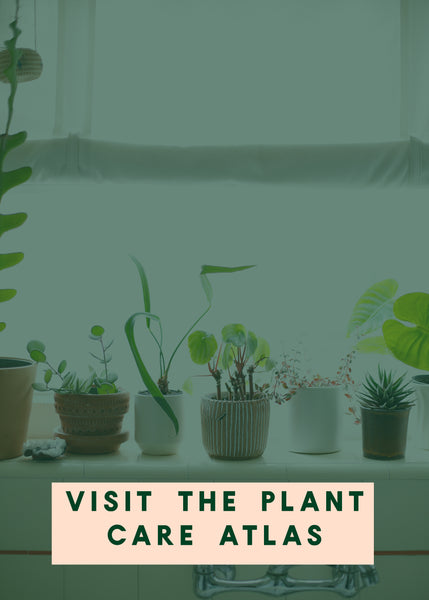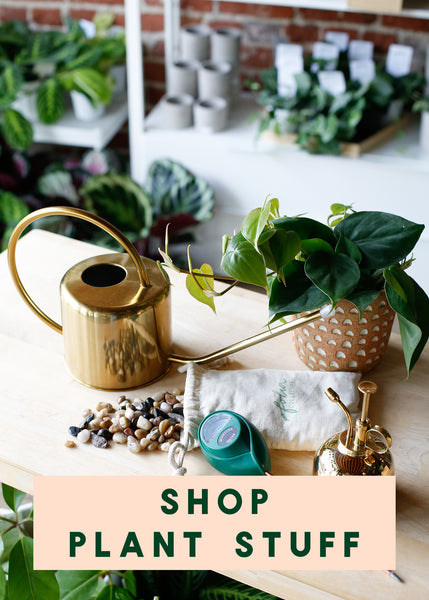Ask A Plant Pro: How Often Should I Repot My Plants?

(Photo: Kristin Guy)
Every month on our Instagram account we open up a question box for you to submit your plant questions. Think of it like a Dear Abby column but for plant-related questions. If we select your question, we'll send a treat to your Instagram inbox.
Dear Plant Pro: How often do I really need to repot my plants?
-Root Bound in Reseda
Every year at springtime you likely see/hear folks talking about how it's time to repot plants, but whether or not it's actually the right time to repot your specific plants can be more nuanced than just keeping to a repotting schedule.

The simplest answer to the question of how often you need to repot is:
Repot whenever the roots of your plant have filled the container they're in.
The timeline for this will be different from plant to plant, and is even affected by the conditions the plant is kept in- a plant in lower light won't grow as vigorously and therefore the roots will take longer to outgrow the pot. For some plants, once a year is about the right timing for repotting. Young plants that are growing quickly may need it several times in one year. Sometimes you'll easily be able to tell if the roots have filled the container because they'll be coming out through the drainage holes, but I also like to check the root ball of each of my plants at least once a year to see how they're growing and then repot them once I know they've outgrown their pots.
Other signs a plant is ready for repotting:
- Growth has slowed down, even though no other conditions have changed. This is usually an indication that the roots aren't able to get enough moisture or nutrients from what little soil is available to them in the pot.
- A plant that previously needed water, say, once a week, is now drying out before the week is up. This change in water needs is due to the fact the root ball has overtaken the soil so now there isn't enough soil to hold onto moisture for as long as when the roots were smaller.

So, what if your plant's roots haven't outgrown their pot yet, but you want to reinvigorate the plant to help it grow more? There are a few ways you can do this:
- The easiest way is what's referred to as 'top dressing'. Simply apply a layer of fresh soil to the top of pot. The fertilizer in the fresh soil will feed the plant, and the additional layer of soil will help hold onto moisture a little longer.
- Another option is to apply a granular fertilizer, like our Frass Fertilizer, and 'scratch' it into the existing soil. This will give the plant a fresh dose of nutrients.
- Lastly, you can repot the plant into a similarly sized container with all new soil. Just be sure to not go more than 2 inches bigger in diameter than the space the root ball takes up. This is an especially good method to use if your soil has become very dry & compacted, or if the plant has been in the same pot for more than a few years.
Repotting can be a great way to give a plant a boost and motivate it to grow, but only if the root system is ready for more space. If you need insight into how to choose the right size pot for your plant, check out our post on Pot Size.
If you're ready to repot and need tools, supplies, or planters, be sure to check out our Repotting collection, and our Planters with Drainage collection!
Have a more specific plant question? Visit the Plant Care Help Desk and submit your questions here, in this Google form.





